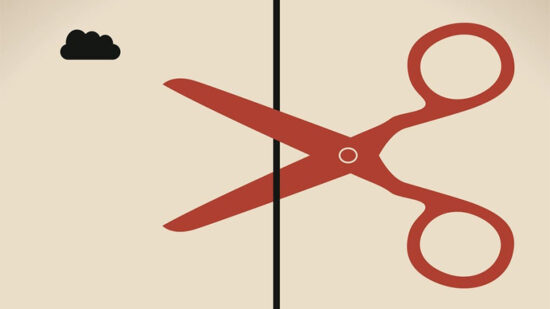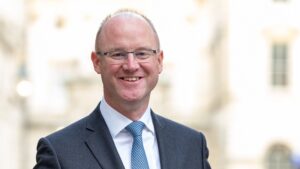Downbeat growth assessments (including our own) and warnings of a rerun of the 2008 crisis are looking increasingly realistic.
We set out five of the macro themes that should shape 2012.
First, realisation that policy makers are out of effective tools, and that we’re set for another year at least of next-to-zero policy rates and probably low bond yields. One difference, worryingly, with 2008 is that low bond yields are now one of the few policy tools left in the box, rather than just a reflection of weak economic data, so governments and central banks simply won’t tolerate aggressive rises till recovery is clear. This looks unlikely in 2012 which is why more QE – rightly or wrongly – looks inevitable just to keep inflation expectations bubbling along.
Second, whether more QE backfires by spawning the wrong (i.e. cost-led rather than demand-led inflation). For it to work, institutions are assumed to want to give up their Treasuries and gilts to invest in risk assets, which looks questionable especially with regulatory pressure on banks to beef up their balance sheets. Another risk is becoming as hooked on QE as Japan is, where monetary policy has had to be relegated to exchange rate policy.
No big economy has over the past decade loosened its overall (monetary and fiscal) stance more than the UK, with the US not far behind. It’s no coincidence given the perceived inflation hit that countries loosening the most have experienced the weakest currencies in which case more QE could ultimately make the pound (which lacks the dollar’s reserve status) vulnerable at a time when CPI inflation is already more than twice the target.
Third, whether the big economies continue to step closer to becoming ‘a Japan’. The worrying thing is we’re working in concert, yet still can’t revive consumers at a time when the true, QE-adjusted policy rate in the US is minus 3%, and minus 1% in the UK (or respectively minus 5% and minus 3% in real terms).
Fourth, the ripple effect from the currency that’s in desperate need of a government – the euro. Even if the EFSF/ESM can be upgraded and Treaty changes quickly ratified (unlikely) and implemented, it would just take us back to the original problem – disparate competitiveness – which probably needs another decade of austerity/low growth to correct. Outright monetisation needs capitulation from a German government yet to fear the recession and deflation – not hyper-inflation – risk ahead.
Fifth, the eurozone will thus remain a dark cloud over the US, UK and even China, which awaits leadership changes. Thankfully, China at least has the means and motive to remain the world’s growth backstop.
The good news is that with 2008 fresh in the minds, tightening cycles – when they come – will be abnormally shallow. Our analysis suggests a neutral US rate about 3% (versus a 7.5% long-term average) and UK rate of 2.75% (versus a 5% average).
But, meantime, while 2012 becomes the fifth year running of ultra loose policy, hopefully QE doesn’t end up throwing out the baby (growth) with the bath water.







